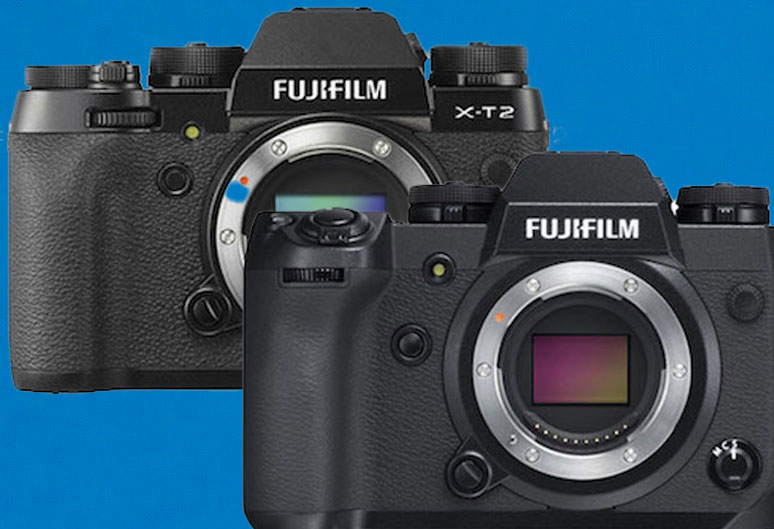Mirrorless shooters have been singing the praises of Fujifilm’s flagship X-T2 ever since it arrived on the scene and it’s not hard to see why — it’s a fantastic camera, producing beautiful images not to mention crisp 4K video. However, last year the new X-H1 arrived on the scene, a more overtly video-oriented camera, building on what came before but bringing a whole new bag of tricks.
If you’ve been shooting photos and video with the XT2, you may be wondering whether this more recent model is worth the upgrade. We’re going to take a look at the differences between the two cameras, with a focus on video, to try and determine whether you are better off upgrading to the new Fujifilm X-H1.
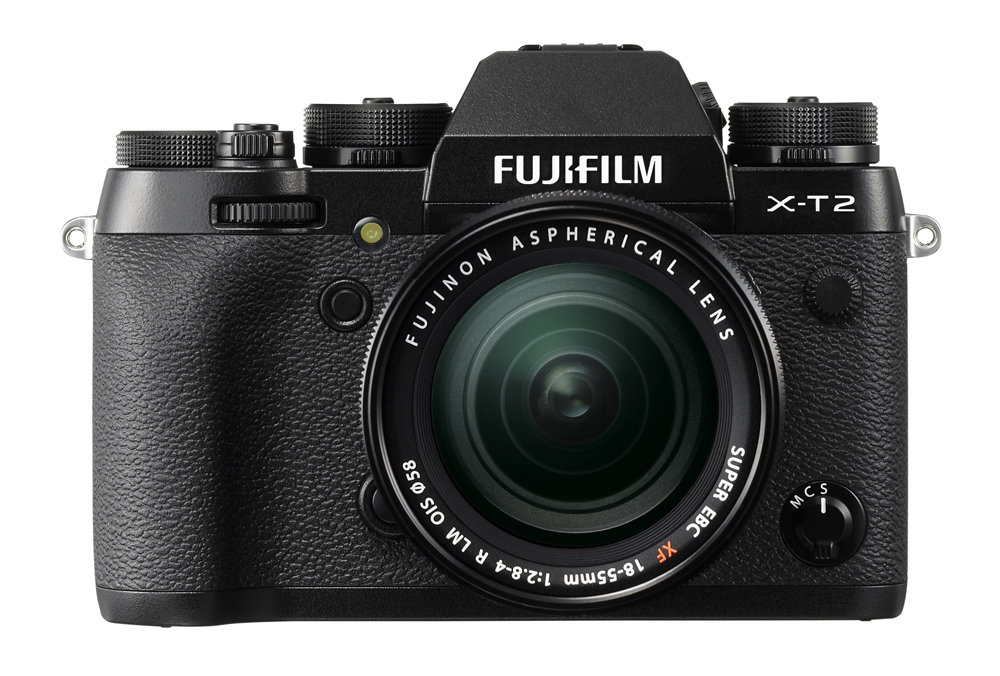
What are the differences in video?
At first, things look similar on paper. The X-T2 shoots 4K video, as does the X-H1. However, once you delve into the details, it becomes clear that the X-H1 is a different offering entirely. It’s able to shoot F-Log internally, which is Fujifilm’s flat colour profile designed to retain as much detail in an image as possible to allow for optimal colour grading in the edit (see our guide to Canon’s C-Log for more information on Log profiles [https://www.fixationuk.com/close-up-c-log-on-the-eos-5d-mk-iv/]). It also manages a bit-rate of 200MBps, doubling that of the X-T2.
It also simply shoots for longer — you’ll get 15 minutes of 4K shooting at a time on the X-H1, as opposed to 10 minutes on the X-T2. Fujifilm has also brought its popular Film Simulation modes into the video sphere — the X-H1 has the ‘Eterna’ simulation built in, designed to be a quick and easy way to shoot attractive footage with high dynamic range. You can also apply DR expansion modes to video in the X-H1 as well, allowing you to push your dynamic range further still. According to Fujifilm, combining the Eterna simulation mode with the DR expansion modes can net you up to 12 stops of dynamic range, which by anyone’s standards is pretty impressive.
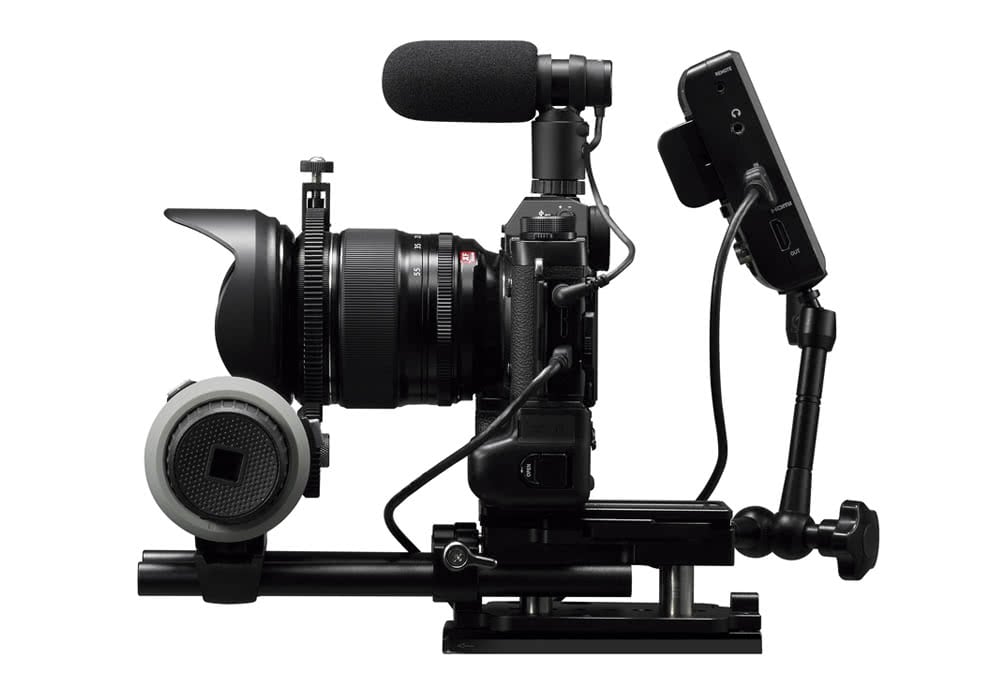
It also records slow-motion footage in 1080p at up to 120fps, while the X-T2 tops out at 60fps. What’s more, as a nice bonus, the X-H1 squeezes in an extra step of ISO for movie mode, topping out at 25,600 rather than 12,800 on the X-T2.
In some respects the cameras are the same, most notably the sensor crop — when recording video, both the X-H1 and X-T2 crop the sensor by a factor of 1.17x.
Image stabilisation
The Fujifilm X-H1 is the first model in the series to come sporting 5-axis in-body image stabilisation. It works in conjunction with XF and XC lenses, with as much as 5EV of compensation possible when paired with optics like the XF 35mm f1.4. It also uses dual processors to power its stabilisation, which Fuji says should make the effect faster and more responsive.
Electronic viewfinder and LCD screen
The X-H1 gets a decent upgrade in both its viewfinder and its LCD monitor compared to the X-T2. Its viewfinder resolution is now 3.69million dots, a significant bump from the 2.36million on the X-T2, and while its monitor is the same resolution and size (1040k dots, 3 inches), it’s now a touch-sensitive model.
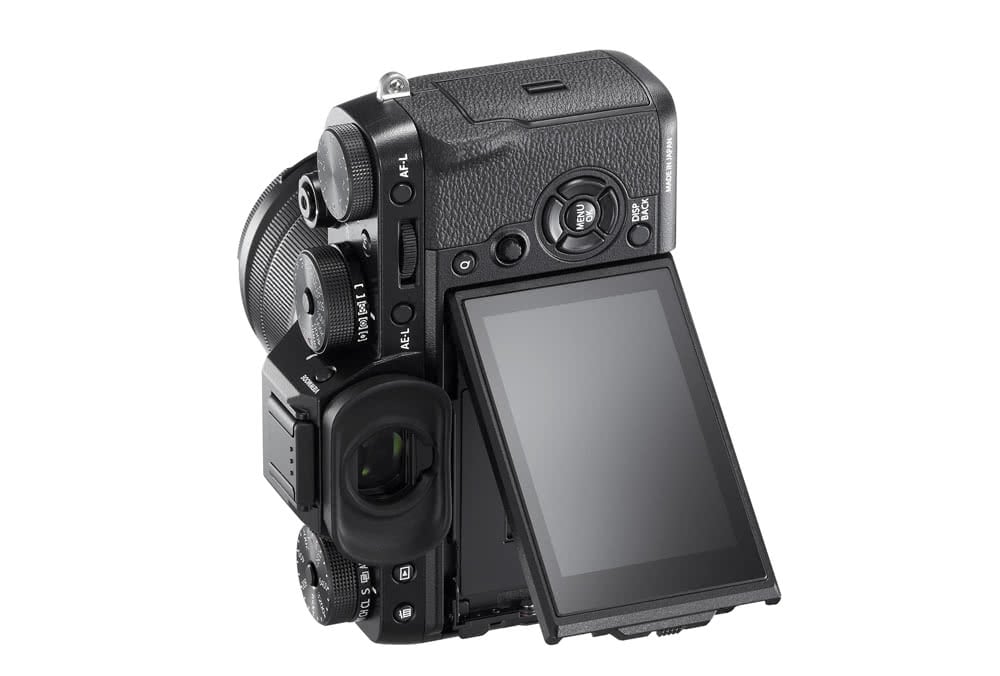
Build and handling
If you’re an outdoorsy, all-weathers kind of shooter then the X-H1 is definitely worth your time. It’s a bigger and heavier beast than the X-T2, weighing 673g compared to the X-T2’s 507g, however all this weight is due to an expanded grip and extensive weather-sealing — a total of 68 seals around key points. Its magnesium-alloy shell is harder and more scratch-resistant too.
Drawbacks of the X-H1
It’s not a totally clean sheet for the X-H1. Both of these cameras use the same battery, and all the extra functionality on the X-H1 means it drains its batteries faster than the X-T2. Its CIPA rating is 310 exposures per charge, compared to 340 for the X-T2. You can expand this with a battery grip, and of course you’ll want to pack spares, but it’s still something to be aware of.
There is also the matter of the aforementioned increase bulk in the camera — if you’re carrying your camera for long distances or extended periods, this extra weight could add up.
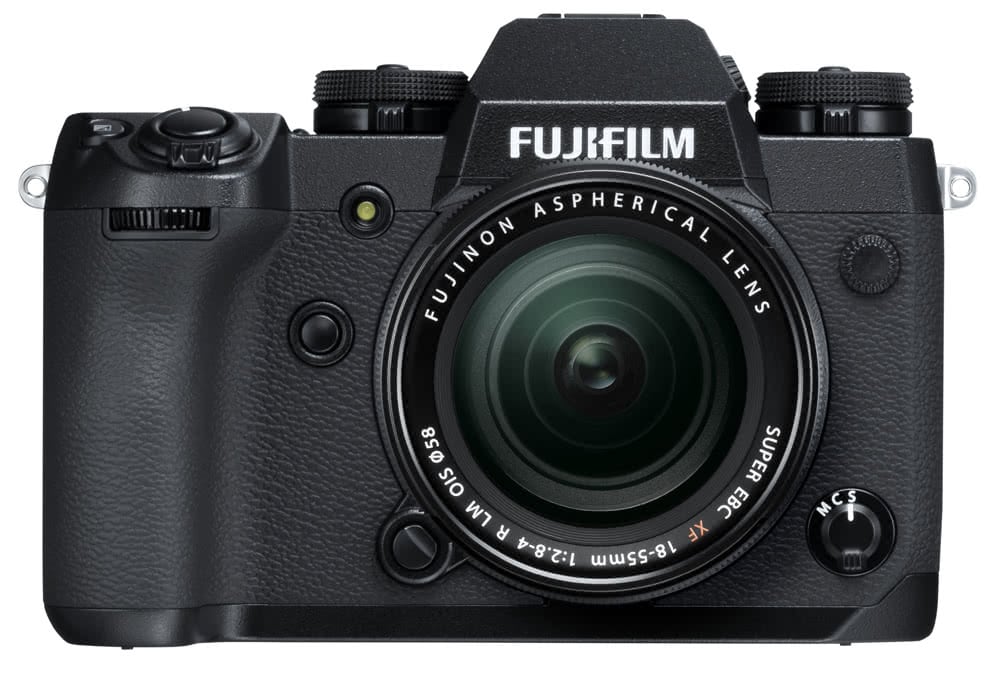
Conclusion
While the cameras look very similar on the surface, once you start delving into their feature-sets it becomes clear that the X-H1 represents a significant improvement over the X-T2, especially in video terms. That extra dynamic range really expands your options and is certain to improve the quality of your finished product, while there are also plenty of features that’ll make your stills-shooting life easier as well, most notably the in-body 5-axis image stabilisation. If you’re currently considering the upgrade, our advice to you is, quite simply, go for it!
Feel free to get in touch with the team if you have any more questions about the Fujifilm X-H1 or X-T2!

